Category: Book Reviews
-
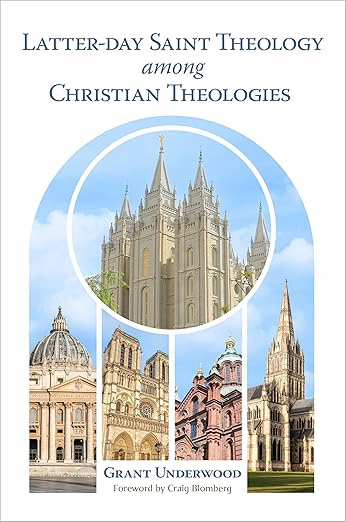
A Review: Latter-day Saint Theology among Christian Theologies
In his landmark 1993 work The Millenarian World of Early Mormonism, Grant Underwood established himself as a scholar of high caliber, capable of articulating the complex historical and theological developments of the Restoration with remarkable clarity. His newest offering, Latter-day Saint Theology among Christian Theologies (published by Eerdmans), represents the culmination of decades of ecumenical…
-
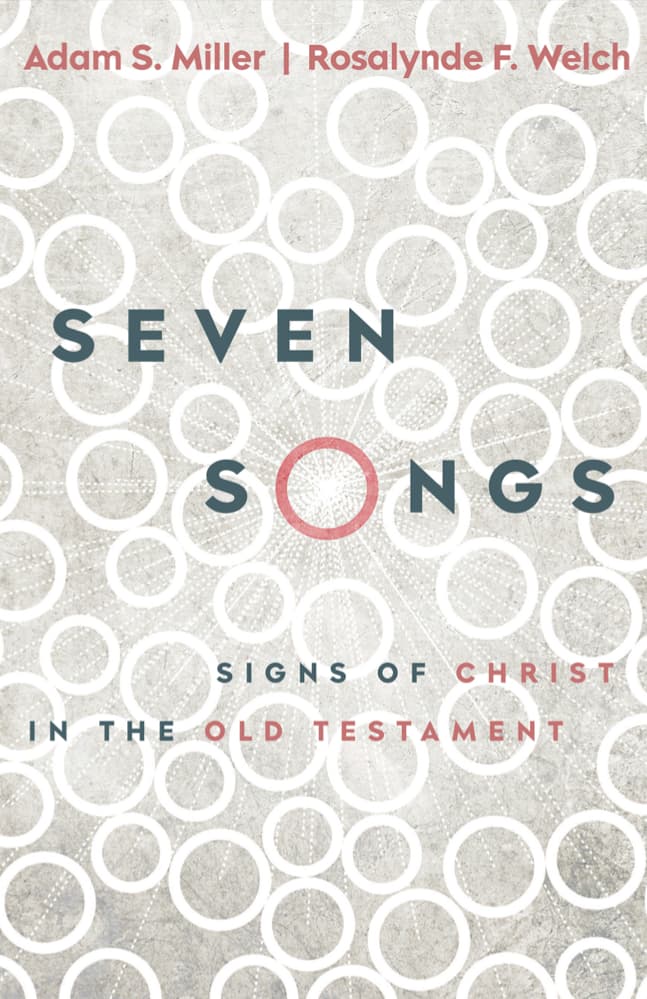
A Review: Seven Songs: Signs of Christ in the Old Testament
Seven Songs: Signs of Christ in the Old Testament, by Adam S. Miller and Rosalynde F. Welch, is a significant and rewarding addition to their thematic series. Having appreciated previous contributions like Seven Gospels and Seven Visions, this volume immediately captured attention for its focused engagement at the intersection of theology and ancient song. Structured…
-

Latter-day Saint Book Review: The Doors of Perception, by Aldous Huxley
Psychedelics are having quite the moment right now, with many people claiming, or at least implying that they can provide a chemical shortcut to the kind of numinous affect that has traditionally been the purview of conventional religious practice, whether it’s praying in the celestial room while fasting, focusing on the Eucharist in a perpetual…
-
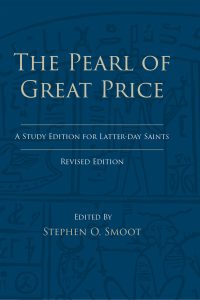
A Review: Pearl of Great Price: A Study Edition for Latter-day Saints
Stephen O. Smoot’s Pearl of Great Price: A Study Edition for Latter-day Saints, Revised Edition is a timely and useful resource that synthesizes academic rigor with devotional utility. Published in partnership with Scripture Central and Interpreter Foundation, this work succeeds in its mission to bring crucial historical and linguistic context directly into the hands of…
-
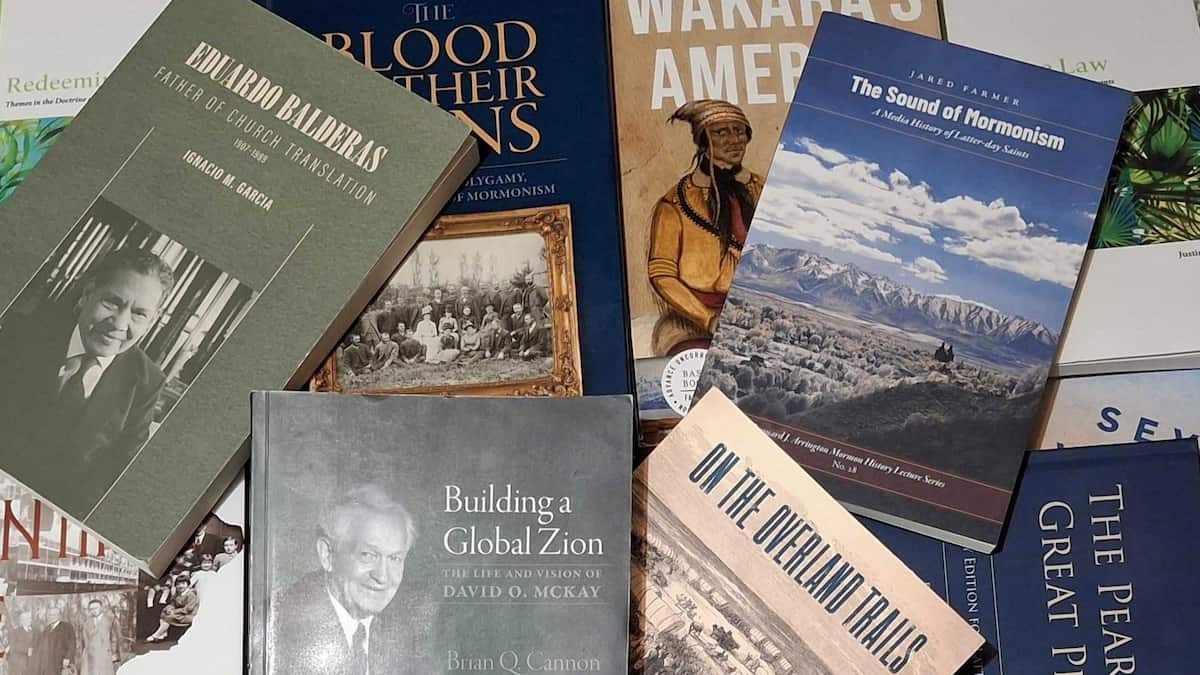
Chad Nielsen’s Favorite Reads, 2025 edition
As with previous years (e.g., the 2024 edition), I’ve prepared a list of my top 10 books that I’ve read this year. (That can include books that were not published within the last year, though the majority of them were published in 2024 or 2025). Also, since I have published 30 book reviews so far…
-

Building a Global Zion: The Life and Vision of David O. McKay: A Review
Brian Q. Cannon’s Building a Global Zion: The Life and Vision of David O. McKay is a significant and welcome addition to the biographical literature on the ninth president of The Church of Jesus Christ of Latter-day Saints. Despite its accessible length of just over 250 pages, the work is substantive, providing a comprehensive overview…
-
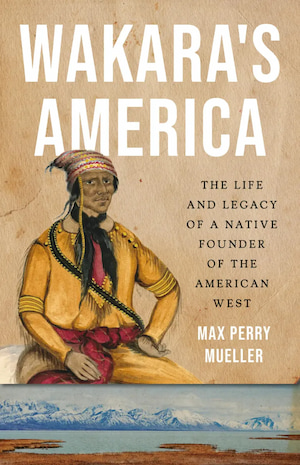
Wakara’s America: A Book Review
In the grand narrative of the Latter-day Saint settlement of the West, certain figures loom large: Brigham Young, Parley P. Pratt, and the thousands of Mormon pioneers who made the desert blossom as a rose. Native figures in this story often appear as either obstacles to be overcome or as Lamanite brethren waiting for redemption.…
-
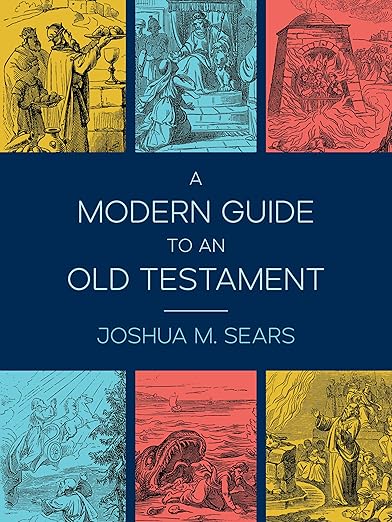
Of Hurdles and Covenants: A Review of Joshua M. Sears’s A Modern Guide to an Old Testament
For many Latter-day Saints, the annual Come, Follow Me journey through the Old Testament can feel like a daunting pilgrimage. It is a vast and often alien landscape, filled with archaic language, bewildering poetry, and troubling cultural norms that can create a significant chasm between the modern reader and the ancient text. While numerous commentaries…
-
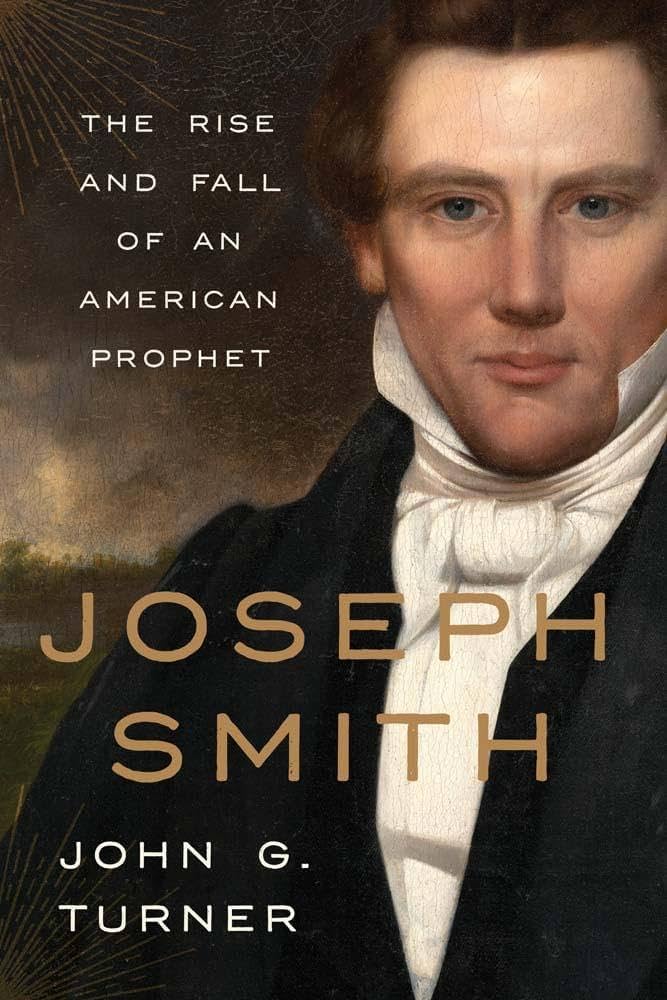
Review of Turner’s biography Joseph Smith: The Rise and Fall of an American Prophet
A Book Review for Times and Seasons of the First Major Biography of Joseph Smith in Twenty Years, Wherein I Demonstrate My Own Longwindedness in Contrast to the Author’s Skillful and Admirable Concision
-
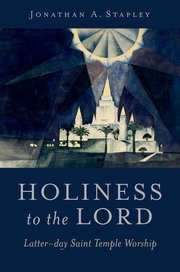
Holiness to the Lord: Latter-day Saint Temple Worship, a Review
Holiness to the Lord: Latter-day Saint Temple Worship, by Jonathan A. Stapley, is a rich exploration of the history, symbolism, and function of Latter-day Saint temples. The book traces temple development from the earliest Kirtland and Nauvoo structures to present-day edifices. Each chapter addresses both the physical details—materials, floor plans, artwork—and the spiritual purposes, including…
-
Book Review: Elias—An Epic of the Ages: A Critical Edition, by Orson F. Whitney, edited by Reid L. Neilson
Elias—An Epic of the Ages: A Critical Edition, edited by Reid L. Neilson and published by Greg Kofford Books, is an important effort to preserve and present a landmark text in the literary history of Latter-day Saints. Orson F. Whitney, a Church leader and gifted writer at the turn of the twentieth century, sought to…
-
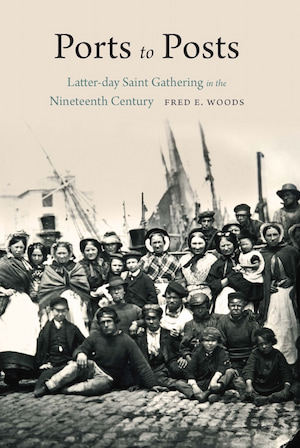
Book Review: Ports to Posts: Latter-day Saint Gathering in the Nineteenth Century
Fred E. Woods’s Ports to Posts: Latter-day Saint Gathering in the Nineteenth Century offers a richly detailed and engaging exploration of the emigration process that carried thousands of Latter-day Saint converts from their homelands to the American frontier. Rather than focusing narrowly on one facet of the story, Woods takes a broad and careful approach,…
-
Book Review: The D&C and Church History ARTbook, volume one
The D&C and Church History ARTbook, volume one, curated by Esther Hi’ilani Candari and published by By Common Consent Press, is a fantastic resource for gospel artwork. It is chock-full of beautiful and thought-provoking pieces on gospel themes that complement the Doctrine and Covenants “Come, Follow Me” curriculum. One of the strengths of the book…
-
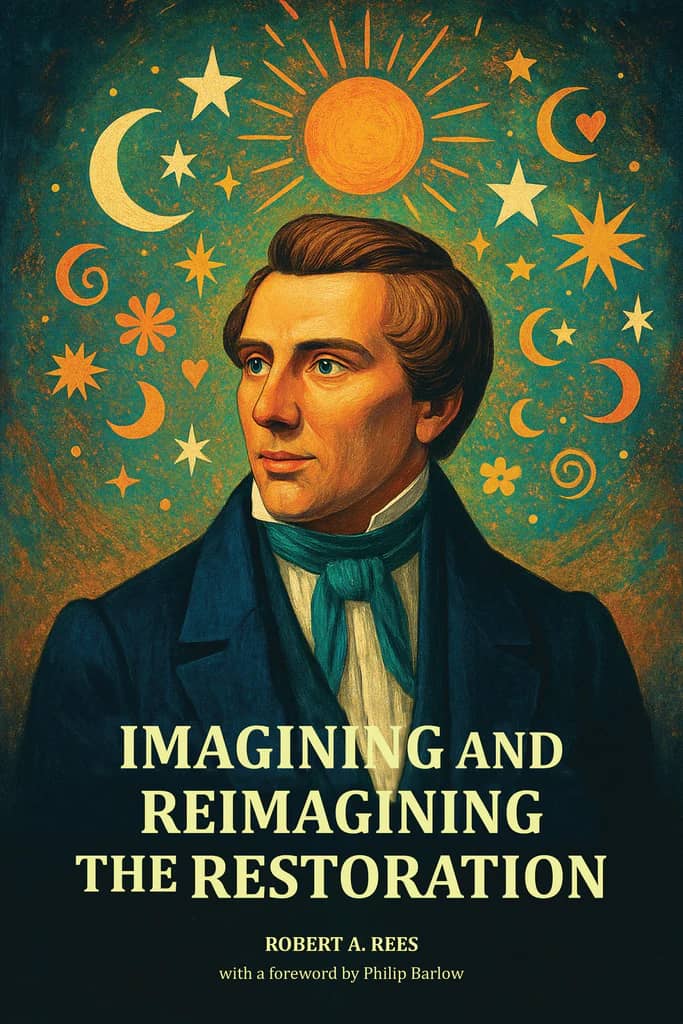
Book Review: Imagining and Reimagining the Restoration, by Robert A. Rees
Imagining and Reimagining the Restoration, by Robert A. Rees, offers a moving and thoughtful vision of what a progressive-yet-faithful Latter-day Saint discipleship can look like. Rees—a poet, scholar, and former editor of Dialogue: A Journal of Mormon Thought—draws on a lifetime of devotion and intellectual engagement to explore themes such as Heavenly Mother, the recovery…
-
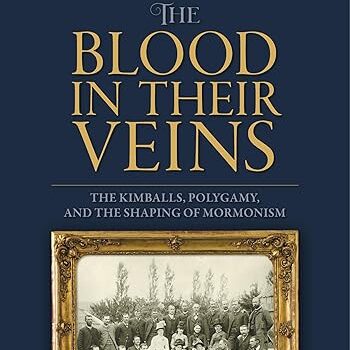
Book Review: The Blood in Their Veins: The Kimballs, Polygamy, and the Shaping of Mormonism, by Andrew Kimball (Signature Books)
Andrew Kimball’s The Blood in Their Veins offers a compelling and deeply textured exploration of the Kimball family, one of the most prominent lineages in Latter-day Saint history. Centering on the children and descendants of Heber C. Kimball—who himself had forty-three wives and sixty-five children—the book navigates a vast narrative landscape. In doing so, it…
-
Book Review: The Restored Gospel of Jesus Christ and Evolution
The Restored Gospel of Jesus Christ and Evolution represents one of the most ambitious and carefully framed efforts to date to navigate the intersections of evolutionary science and the doctrines of The Church of Jesus Christ of Latter-day Saints. Edited by Jamie L. Jensen, Steven L. Peck, Ugo A. Perego, and T. Benjamin Spackman, BYU’s…
-
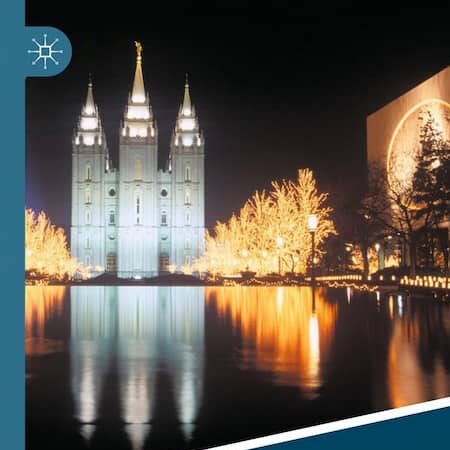
The Palgrave Handbook of Global Mormonism, a Review
The Palgrave Handbook of Global Mormonism, edited by R. Gordon Shepherd, A. Gary Shepherd, and Ryan T. Cragun, is a landmark anthology that shifts the center of gravity in Latter-day Saint scholarship from a nineteenth-century, Utah-centric narrative to a nuanced, data-rich exploration of Mormonism as a global religious tradition. With 31 chapters contributed by 42…
-
Mormon Studies Books in 2025
I don’t remember seeing a list given anywhere of books planned for publication in 2025 in the Mormon Studies field. So, in the interest of sharing what has been published and what is intended to be published in 2025, here is the list I have been able to compile:
-
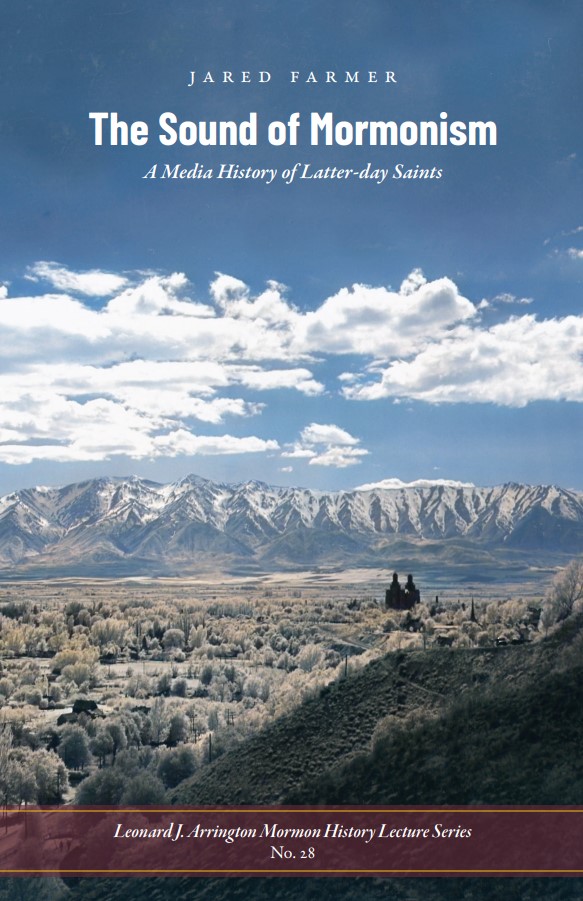
The Sound of Mormonism: A Media History of Latter-Day Saints: A Review
A few years back, Jared Farmer gave an interesting lecture in Logan, Utah for the annual Arrington Mormon History Lecture series called “Music & the Unspoken Truth,” which focused on the relationship between sound, religion and place, with a particular focus on Music & the Spoken Word. Since then, he has expanded the text of…
-
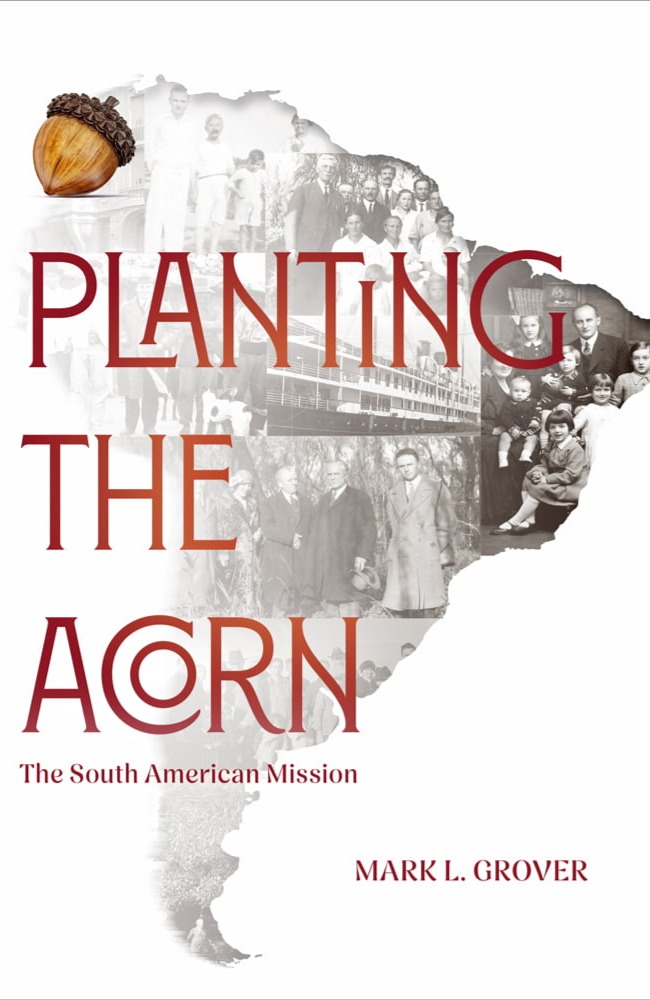
Planting the Acorn: A Review
One hundred years ago this December, a group of three general authorities dedicated South America for the preaching of the gospel while establishing a mission in Buenos Aires, Argentina. Given that this year is the centennial anniversary, there are a few ways in which the Church has been celebrating, such as the repeated visits by…
-
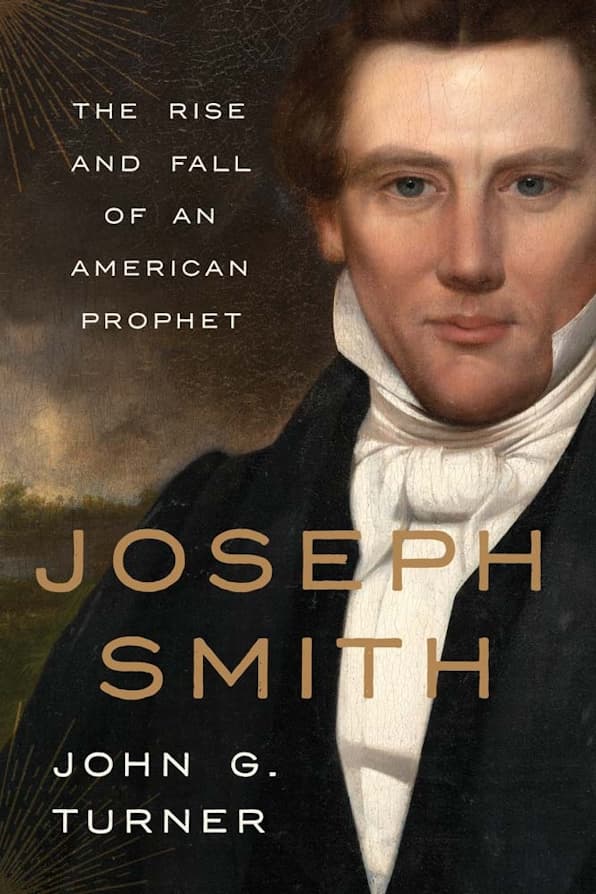
Review: Joseph Smith: The Rise and Fall of an American Prophet
The wait for the long-anticipated biography Joseph Smith: The Rise and Fall of an American Prophet by John G. Turner is soon over. Available through Yale University Press, this is the first major biography released about the founding prophet of the Latter Day Saint movement since the completion of the Joseph Smith Papers project. It…
-
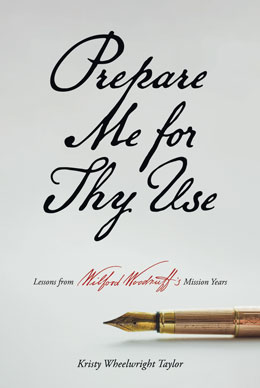
A Review: Prepare Me for Thy Use
Prepare Me for Thy Use: Lessons from Wilford Woodruff’s Mission Years, by Kristy Wheelwright Taylor is a wonderful, concentrated dose of Wilford Woodruff’s life for devoted Latter-day Saints. Taylor is able to draw upon her work as board secretary for the Wilford Woodruff Papers Foundation and knowledge of the sources available through the Wilford Woodruff…
-
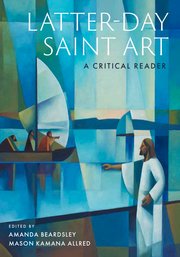
A Review: Latter-day Saint Art: A Critical Reader
Latter-day Saint Art: A Critical Reader is an excellent resource and insightful journey. The book aspires to be “the first expert critical treatment of Mormon visual art”, and it offers a breadth and depth that live up to that ideal. The volume includes twenty-two essays by scholars from various disciplines, perspectives, and backgrounds who offer…
-
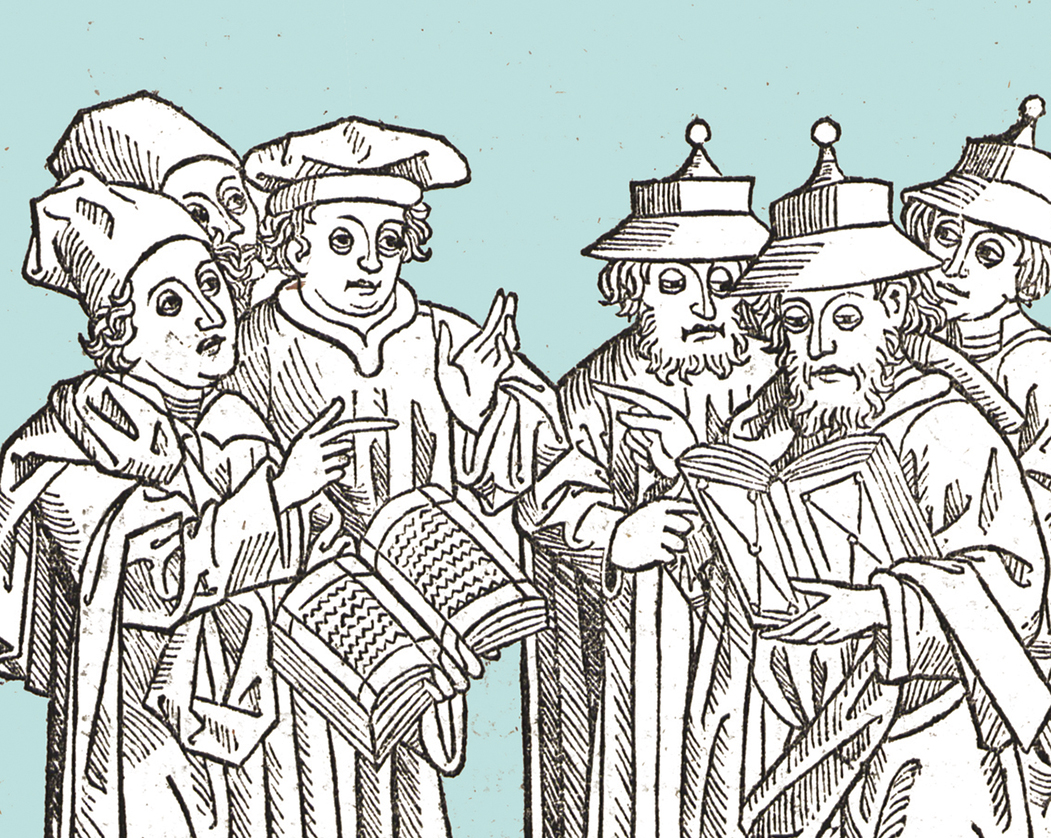
Religions on Trial, Then and Now
Note: This was in the queue before I realized that it was falling on General Conference weekend, so it’s not in response to anything said over the pulpit. I recently read an account of the three great medieval Jewish-Catholic disputations (Judaism on Trial, McCoby). These were debates arranged by the Christian authorities where the top…
-
The Voice of the Lord: A Review
BYU published a few books late last year in connection with the Doctrine and Covenants. Among these is The Voice of the Lord: Exploring the Doctrine and Covenants, edited by Alexander L. Baugh. The book is a collection of essays previously published by BYU in a variety of forums (Sydney Sperry symposium publications, Religious Educator…
-
A Review: Eduardo Balderas: Father of Church Translation, 1907–1989
I love finding out about key people in the history of the Church of whom I was previously unaware. Signature Books’s latest entry in its Brief Mormon Lives project, Eduardo Balderas: Father of Church Translation, 1907–1989, by Ignacio M. Garcia, is a great example of this.
-
A Review: On the Overland Trails with William Clark: A Teamster’s Utah War, 1857-1858
The Utah War is a subject of ongoing interest in the history of Utah and the years leading up to the American Civil War in the United States. As a Latter-day Saint who was raised in Utah, I’ve generally been introduced to the perspective of the Latter-day Saints rather than the rest of the nation.…
-
Joseph Smith as a Visionary: A Review
The latest offering from the Brigham Young University Religious Education Symposium in Honor of Sidney B. Sperry is Joseph Smith as a Visionary: Heavenly Manifestations in the Latter Days. Joseph Smith, Jr. is known for experiencing several visions, such as the First Vision, the visits of the Angel Moroni, the Vision of the Three Degrees…
-
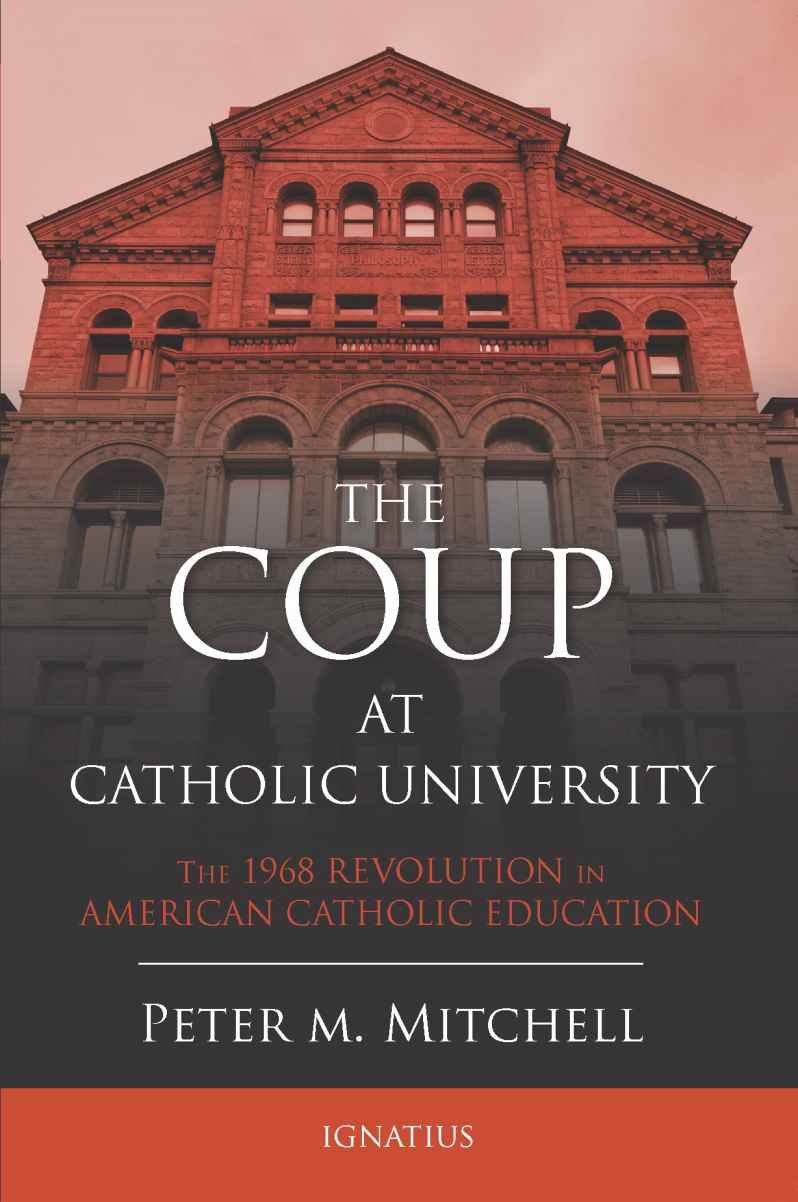
Latter-day Saint Book Review: The Coup at Catholic University
Note: This post was in the queue before this piece by Matthew Bowman went up at the Salt Lake Tribune. So it wasn’t created as a response to it, but in a way it does respond to the idea that the Catholics have figured out a way to effectively balance free thought with the religious…
-
A Review: The Doctrine and Covenants Study Guide: Start to Finish
As I’ve been working on my annotated Doctrine and Covenants this year, one resource I’ve enjoyed reading is The Doctrine and Covenants Study Guide: Start to Finish (Salt Lake City: Deseret Book, 2024), ed. Thomas R. Valletta. The book is formatted as the text of the Doctrine and Covenants with comments in wide margins and…
